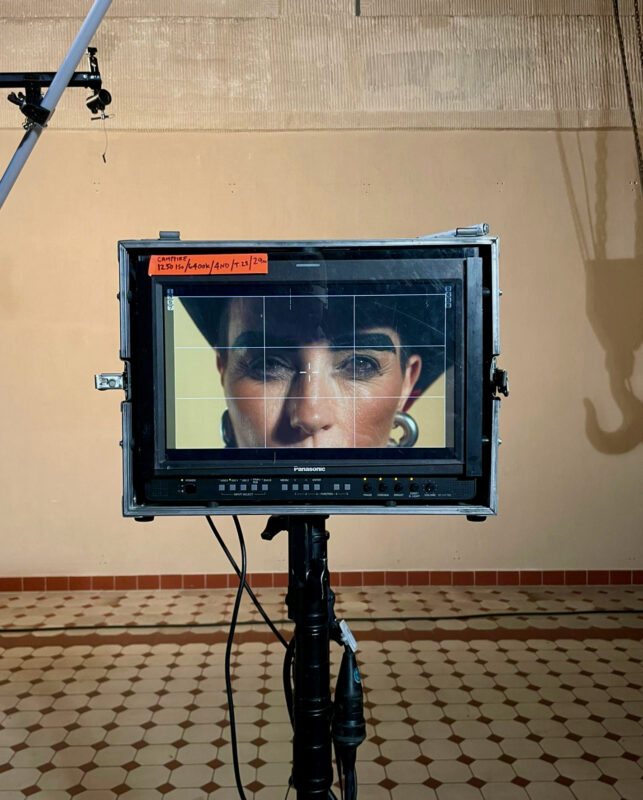
The Metropolitan Museum of Art announced today that a new gallery dedicated to Safavid and Later Persian Art (1500-1924) has been designated the Sharmin and Bijan Mossavar-Rahmani Gallery. It is one of a suite of exhibition spaces—the Galleries for the Arts of the Arab Lands, Turkey, Iran, Central Asia, and Later South Asia—that are overseen by the Museum’s Department of Islamic Art and are scheduled to open in 2011. In addition to funding the gallery naming, Mr. and Mrs. Mossavar-Rahmani’s significant grant will fund the publication of a catalogue on the entire collection of the Department of Islamic Art and an endowment to support educational programming on Iranian art – all part of the overall project of $50 million including capital and endowment.
The Sharmin and Bijan Mossavar-Rahmani Gallery will feature masterpieces created in Tabrîz and Isfahân under the imperial Safavid dynasty in the 16th and 17th centuries, and important works from the later 18th- and 19th-century Zand and Qâjâr periods. Among the highlights are the world-famous illustrations to the Book of Kings (Shâh-Nâmeh) that were painted by some of Iran’s greatest artists and assembled for Shâh Tahmâsp between 1525 and 1535, and the magnificent Emperor’s Carpet—one of the largest and most beautiful Persian carpets in the world—from the mid-16th century.
Through the initiative of the Noruz at the Met Committee, of which the Mossavar- Rahmanis are members, proceeds from two benefit celebrations of Noruz (Persian New Year) have raised more than $1.5 million to name an additional gallery— focusing on the medieval city of Nishapur in northeastern Iran—in honor of the Iranian-American community.
The Nishapur gallery, also opening in 2011, will contain materials that were excavated by the Iranian Expedition of The Metropolitan Museum of Art in several digs in the 1930s and 1940s. From architectural fragments that were found at the site, the Museum has reconstructed with accuracy the highly decorated walls of a small room from the 10th century.







